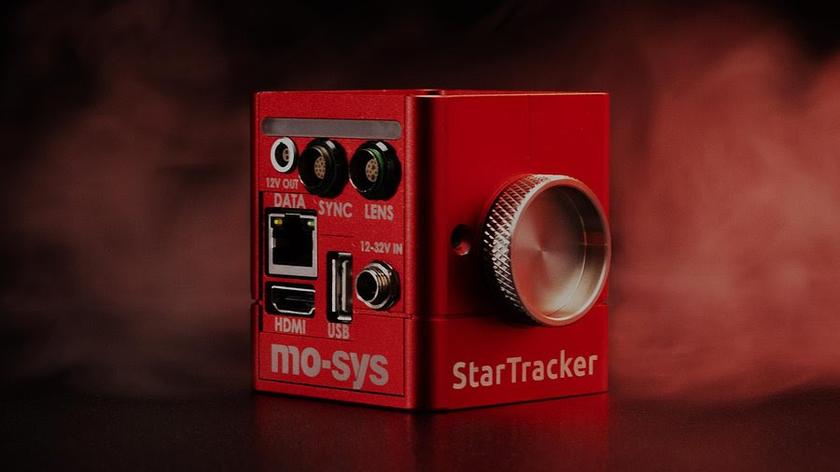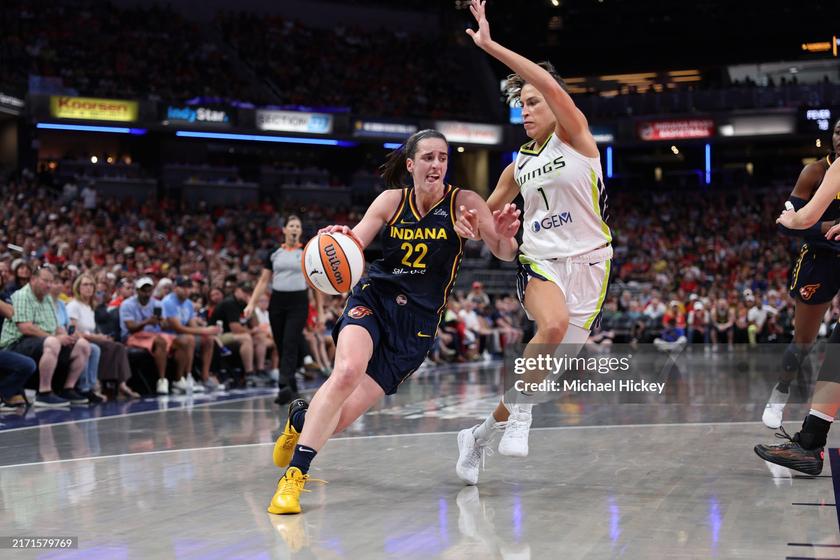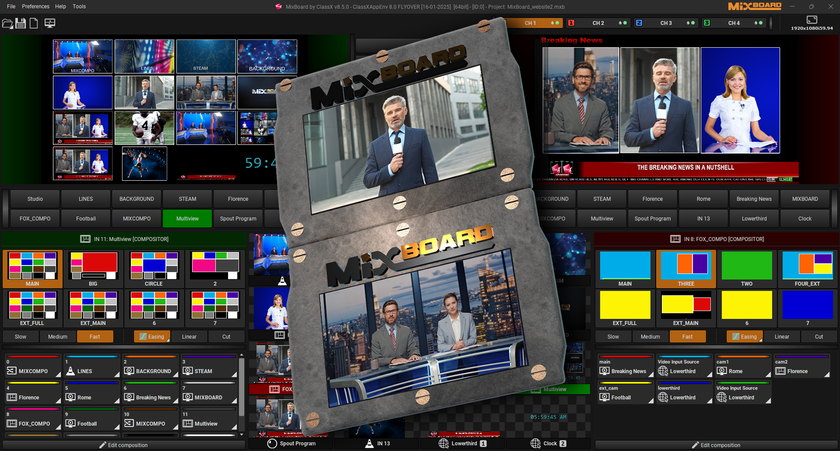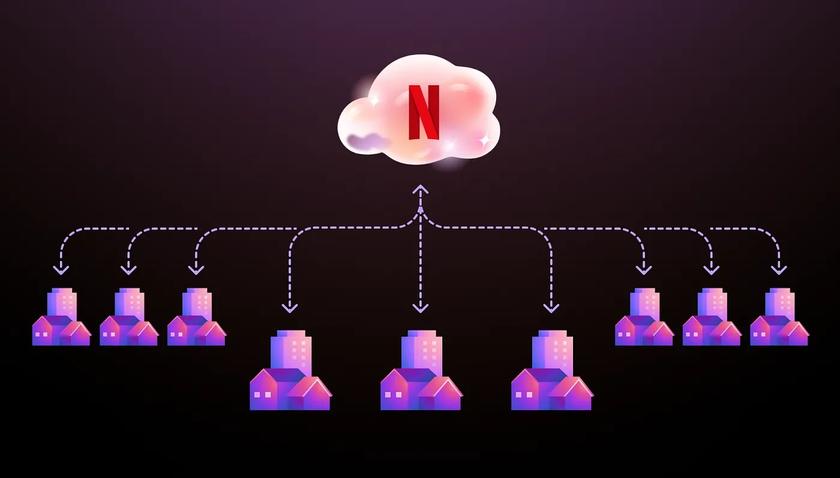Bendov: Efficient Spectrum Use Calls for Receiver Standards
WASHINGTON – The majority of TV stations operating today could be accommodated in a spectrum band ending at Ch. 37—if receivers were subject to performance standards. The point is made by Dr. Oded Bendov, one of the most respected engineers in broadcasting, in a filing on the Federal Communications Commission’s Incentive Auction Notice of Proposed Rulemaking.
“Contiguous transmission on Chs. 14-37 and 7-13 is possible, subject to some modified rules and regulations that mandate minimal receiver performance and set the radio horizon as the limit of protected service,” Dr. Bendov wrote. “The two DTV bands, contiguous Chs. 7-13 and 14-37, are more than adequate to accommodate all TV stations.”
He called receiver performance the “weakest link in the digital DTV chain.”
Receiver performance is, to some degree, tied in with how a TV station’s coverage area is defined. Two analog-era propagation models are now used by the FCC to determine coverage areas, and both are inaccurate, Dr. Bendov said. Both calculate coverage areas with field-strength curves that assume reception at 50 percent of receiver locations, 90 percent of the time. With DTV, there’s virtually no variance—signals either come in all the time or not at all.
And unlike analog signals, digital TV signals typically cannot be decoded by a TV set beyond the radio horizon, or line-of-sight. DTV signals are notoriously vulnerable to multipath interference—TV signals bouncing off buildings or terrain, creating reflected signals that also reach TV sets at different times. With analog signals and receivers, multipath interference produced ghost images. DTV sets are overwhelmed by multipath interference.
That’s where receiver standards come in. Dr. Bendov explains how the implementation of tracking filters and linear decoding in TV receivers could improve reception such that contiguous packing of the TV spectrum is possible without introducing interference.
“Modern DTV receivers have a ‘tuner-on-a-chip,’” he said. “The chip is inexpensive and fits in small devices. But the chip does away with the tracking filter that insulates the desired channel from undesired channels. In today’s environment, DTV channels are sparsely spaced and such chips have performed passably. That will no longer be the case if DTV channels are to be packed contiguously.”
Dr. Bendov would have the commission set the radio horizon as the interference-protection limit, and set a minimum power level for reception in that area. Then let same-channel broadcasters in adjacent markets negotiate for higher radiated power levels as needed.
“This should be the first step toward achieving spectral efficiency,” he said.
He also suggested allowing broadcasters to experiment with coded orthogonal frequency division multiplexing, or COFDM.
“During the standard-setting deliberations, the few who raised doubts about the proposed ATSC DTV standard on valid technical grounds were ignored,” Dr. Bendov said. “Speed was critical to the adoption of an American standard despite international tests that proved it to be inferior to other options. After the transition to DTV the extent of the problem became public.”
Dr. Bendov said that by adopting ATSC alone without allowing for experimentation, “the FCC has blunted the effort to find a modulation format for suitable for consumers. There is no technical reason for this because experiments with new modulation formats that will not cause harmful interference to anyone can be designed and approved by the FCC.”
See Dr. Bendov’s filing, “Spectrally Efficient UHF and VHF DTV Broadcasting,” in the FCC comment database.
Get the TV Tech Newsletter
The professional video industry's #1 source for news, trends and product and tech information. Sign up below.











